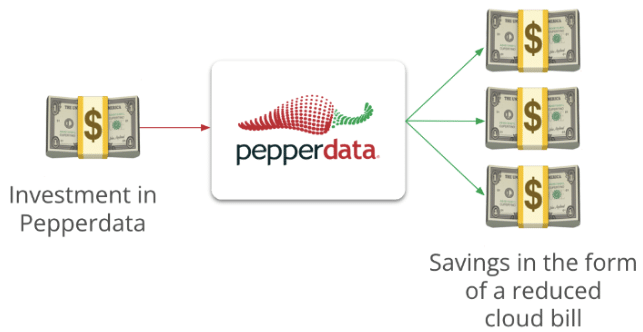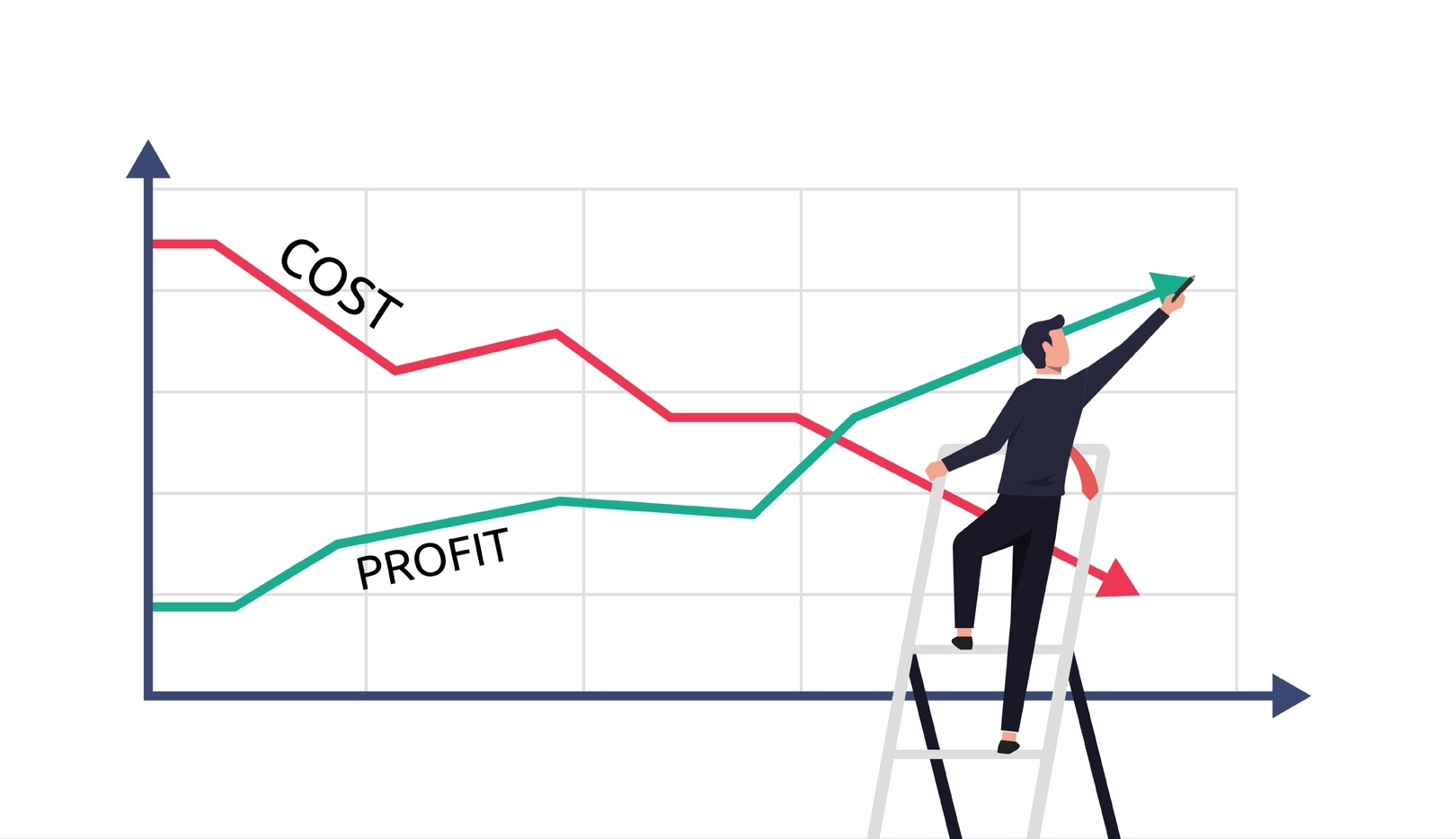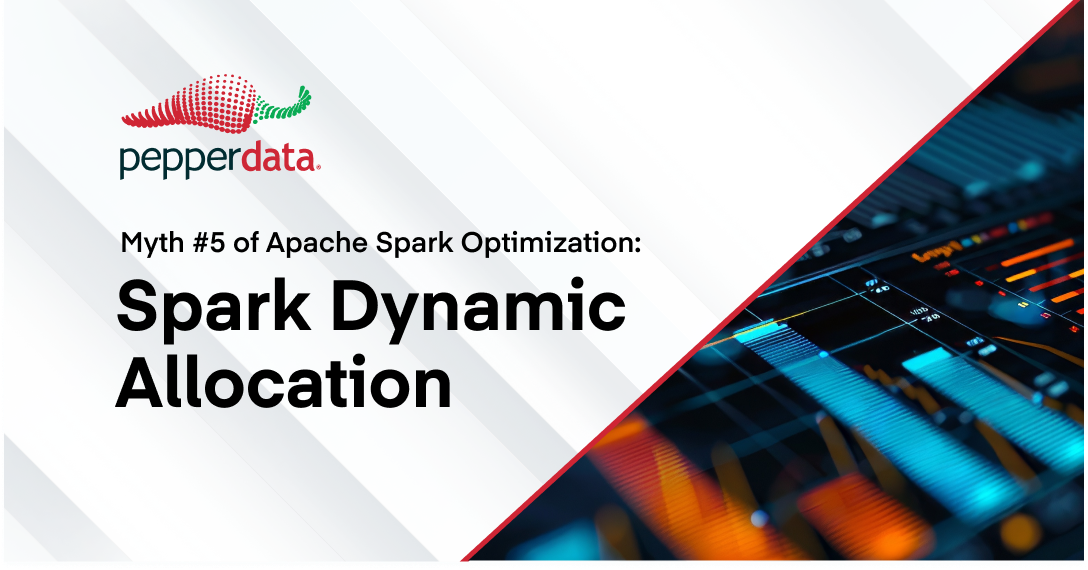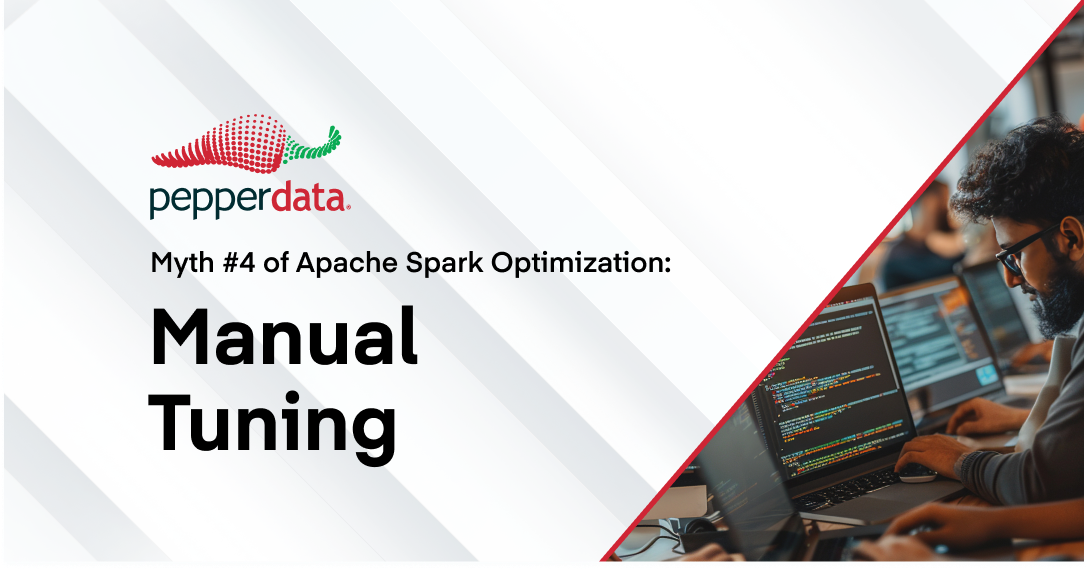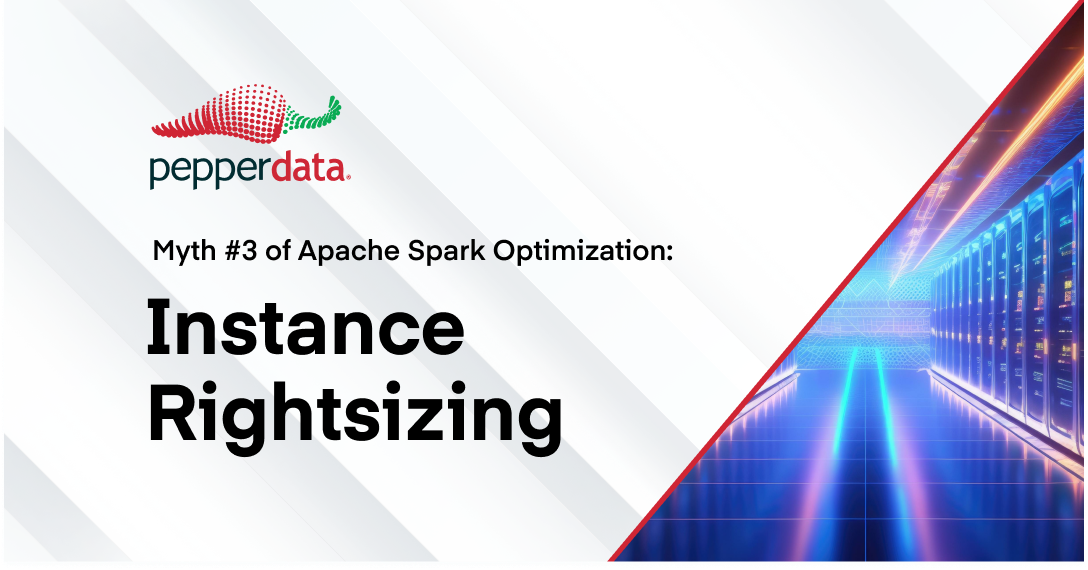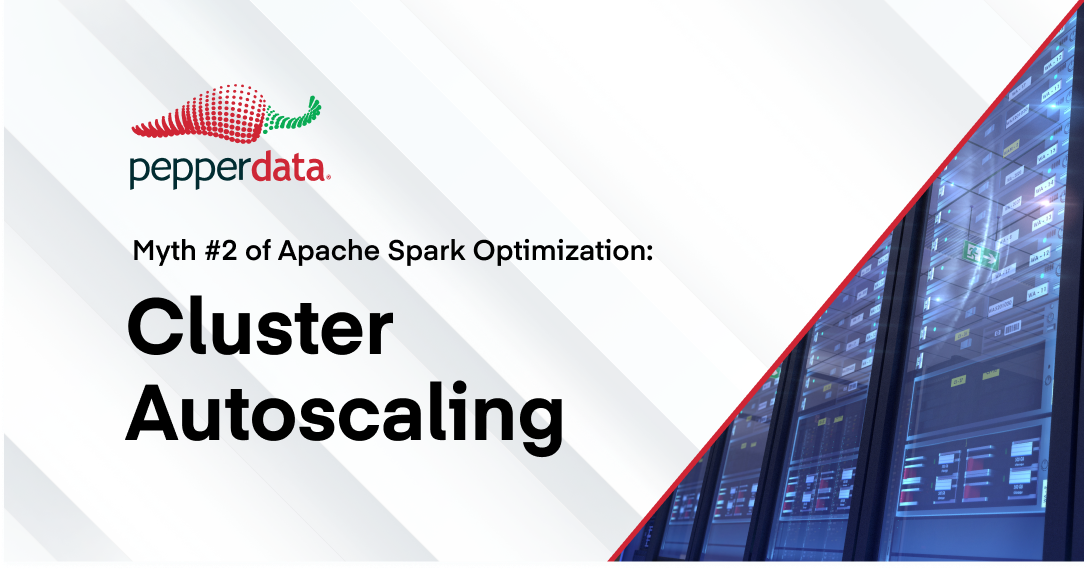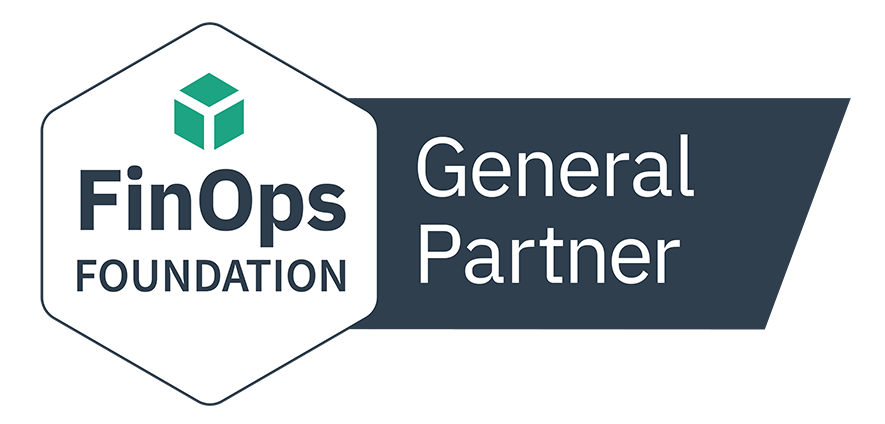April 09, 2025 | 6 MIN READ
Read More
Increase Resource Utilization up to 80%—Automatically
Companies running Kubernetes workloads often discover significant and unexpected waste or underutilized resources in their compute...
February 28, 2025 | 7 MIN READ
The 5 Reasons to Buy (And Not Build!) Your Cost Optimization Solution
Read More
January 13, 2025 | < 1 MIN READ
How a Global Technology Firm Realized Up to 25% Cost Savings
Read More
August 14, 2024 | 6 MIN READ



